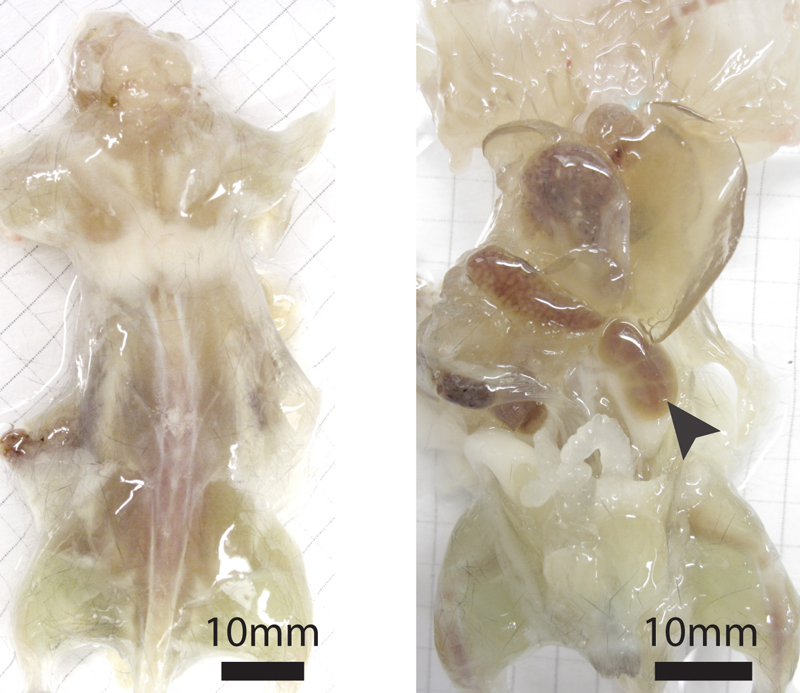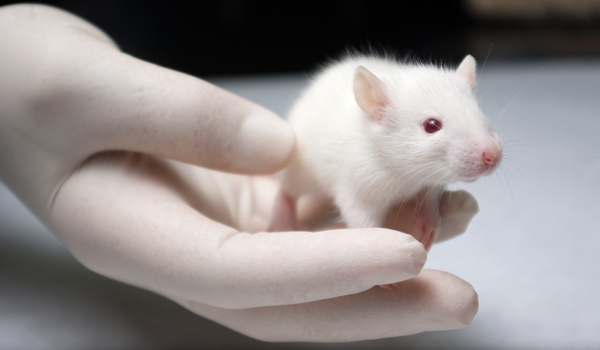Rats and mice might seem disgusting to most people, but for scientists, well, they mean a lot to them, literally! Without these little rodents, science wouldn’t have come this far. Thanks to them, we now have a better understanding of the human body since rodent anatomy and metabolism is pretty much the same as that of humans.
One of the latest breakthroughs in the biomedical field came about as a result of experiments done on mice. Researchers of the California Institute of Technology have successfully created whole tansparent mice with see-through tissues except for their bones which remain opaque. Yang et al published their research in the journal ‘Cell’ on July 31st. The link to the abstract is given below for intricate understanding: www.cell.com
In order to make them transparent, the mice were first euthanised and their skin removed. So obviously the mice aren’t alive. They found a gel that allowed them to remove the fatty molecules quickly. To prevent damage to mouse tissue the gel and detergents were directly pumped into their blood vessels in order to dismantle the fat in vessels which cause organs to appear opaque. The gel was used to maintain tissue structure of organs with intact connectivity. The entire process took almost a week. The results look like a rodent-shaped block of gelatin with the organs held in place by connective tissue and a gel used in the procedure.

Image Credits: Yang et all, Cell
This method allows researchers to observe the anatomy of mice from its brain to kidneys in much greater detail than with the help of other technologies such as X rays and MRIs. The researchers also developed a solution to store and view thick chunks of mouse tissue under the microscope. This way, scientists will be able to see the connection between cells and even the structures and molecules within them! Pretty mind blowing if you’d ask me.
Previous studies involved making the brain cells and embryos of mice transparent but this study took the treatment to a whole new level by applying it to the entire body! Scientists believe that this recent breakthrough might lead to a better understanding of how the brain and body interact in humans since, as I mentioned earlier, rodents are quite similar to man.
“It should be useful for projects like mapping the details of the nervous system or the spread of cancer within lab animals,” said Viviana Gradinaru, the senior author of the study.
So let’s hope this amazing new technique would, in the near future, lead to the discovery of a cure for cancer, one of the most dreaded diseases of all time.
References:
m.livescience.com
pda.sciencealert.com.au
tvnz.co.nz
www.outerplaces.com
www.cell.com
blogs.discovermagazine.com
cardiffstudentmedia.co.uk

